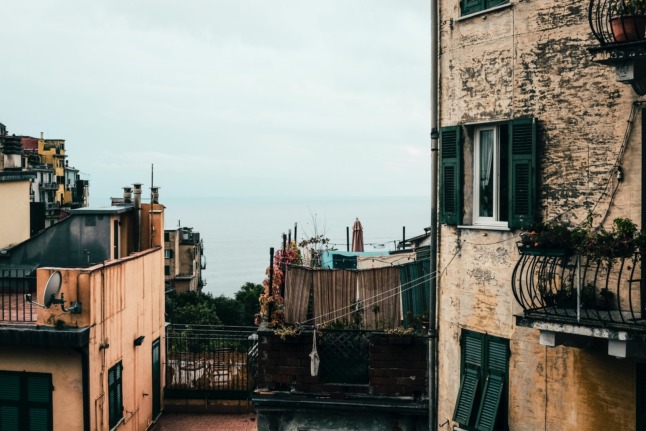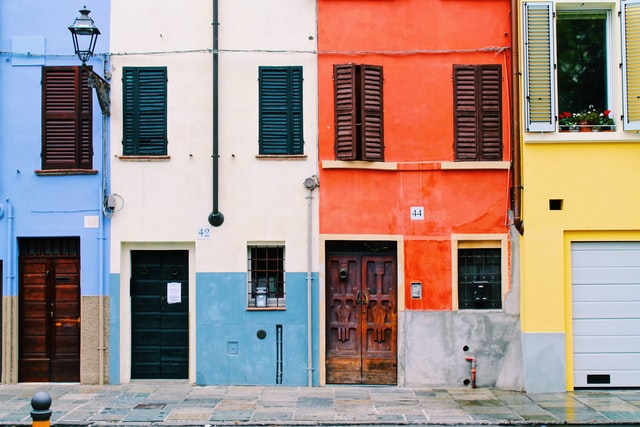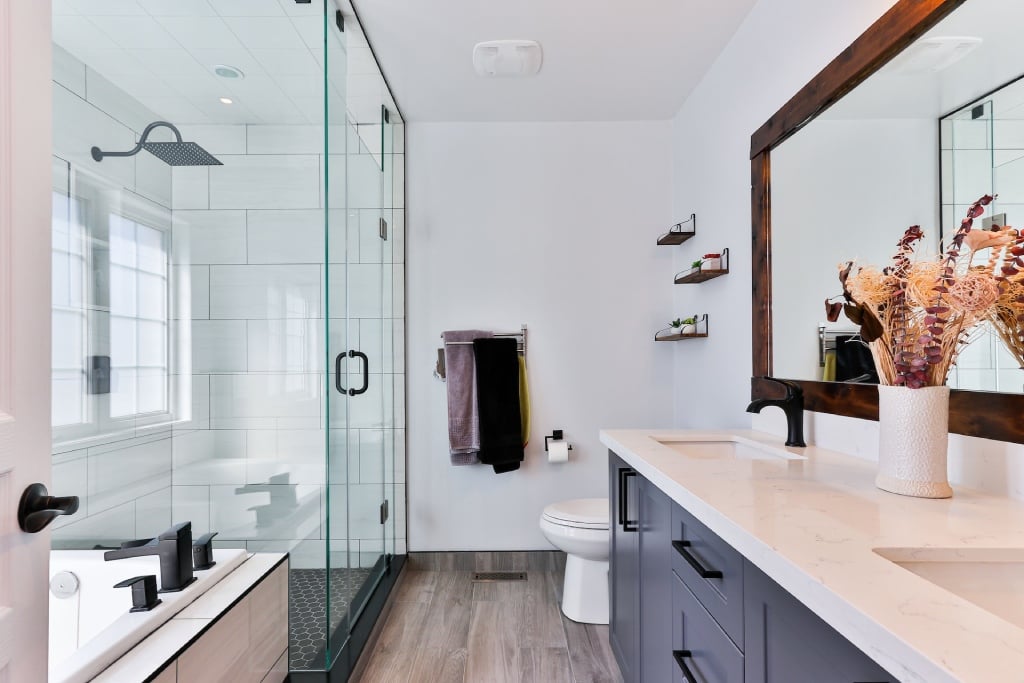Finding builders these days is proving challenging for many buyers of Italy’s one euro homes and other cheap properties in need of major renovation.
While the wide array of building bonuses introduced by the government offering homeowners up to 110 percent deductions on expenses related to energy upgrades and reducing seismic risk, or to simple fixes, has breathed new life into the economy, it has been so much in demand that it has delayed the restyle plans of many foreign buyers.
READ ALSO: How Italy’s building ‘superbonus’ has changed in 2022
Patrick Brown, from the US, last year bought an old rural farm in Bergamo’s countryside for €30.000 but is still looking for a building company to take on the repairs needed, including fixes to a partially collapsed roof, a new garage, and modern bathrooms.
“I knocked at the door of at least eight firms in the area and they all told me I would have to wait some 7-8 months,” he says.
“They were too busy with other pending renovations and were facing a lack of builders and other professionals, including architects, engineers, and contractors,” he explains. “I found out quite unpleasantly that Lombardy is among the regions with the highest number of building bonus-related delays.”
READ ALSO: Italy’s building bonus: Can you really claim back the cost of renovating property?
Brown complains that the extension of building bonus schemes into this year by the government means he’ll have to look for builders in other nearby regions where demand might be lower, but at a higher cost to him.

“I was hoping the building delays would end when the pandemic abated, but now I face these new obstacles. In the meantime, as the months drag on, more parts of the roof are collapsing and the living room walls are starting to crack”.
Brown is feeling so downbeat he’s even considering getting rid of the farm before starting the renovation by selling it to the highest bidder – or to the neighbours.
READ ALSO: Italy’s ‘superbonus’ renovations delayed by builder shortages and bureaucracy
He says this bad experience is killing the “adventurous thrill of bringing back to life an old home”, and that friends of his who have bought a cheap dwelling in the surroundings are also facing the same problems.
The shortage of builders is occurring all over Italy, particularly in Lombardy and Liguria. Rural areas, where there are many dilapidated homes and fewer building companies, are the most vulnerable.
It’s also happening in deepest Sicily, where many towns have launched one-euro home schemes to lure new buyers.
In the town of Mussomeli, Australian chef Danny McCubbin, who runs a social kitchen for the poor, bought a house for one euro and was then forced to sell it back to a real estate agency for the same price.
READ ALSO:
- The red flags to watch out for when buying an old house in Italy
- Do you have to be Italian to claim Italy’s building bonuses?
He says it was very difficult to find a builder, and over time the house deteriorated. By the time he did find someone, high demand and the spike in inflation had doubled the cost to renovate it, so he thought it was not worth it anymore.
Danny eventually bought a slightly more expensive property in better shape in Mussomeli, and says other foreign buyers who have faced the same delays are now renovating their one-euro homes themselves.
Mussomeli mayor Giuseppe Catania explains that the high demand for all building bonuses from villagers meant that nearly everyone in the area was exploiting the tax breaks in order to redo their homes, with the town’s handful of building firms facing overwork and a shortage of builders.
Local architects in Mussomeli assisting buyers of one-euro homes say there could now be delays of up to five months, but it largely depends on the degree of renovation work required.
READ ALSO: My Italian Home: ‘We bought the cheapest house in Piedmont and live mortgage free’
Firms are willing to squeeze in massive restyle projects that involve the entire restructure of a house, and are more profitable – rather than taking on minor fixes like redoing a kitchen.

Also, if the buyer is willing to invest significant sums of money at once instead of doing the restyle project in phases, it is easier to find builders.
Catania is however confident that the situation will improve as measures have been taken by the town hall to boost supply: “Most of these bonuses are expected to expire by year-end, so the pace of new renovations will decrease, and in the next few weeks there will be an influx of new builders from other Italian towns to help out, perhaps even from abroad”.
Given that many towns in Sicily have either been rocked in the past by terrible earthquakes or mass emigration which has caused abandoned buildings to deteriorate, says Catania, most families and condominiums are now rushing to benefit from the tax credits to give their homes a makeover or turn them into B&Bs.
OPINION: Why Italy must put its forgotten ‘ghost towns’ up for sale – or risk losing them forever
But the delayed renovations are still pushing foreign buyers to have second thoughts.
Anna Müller, from Switzerland, also had to give up her dream of living in a renovated cheap home in Genoa’s countryside.
She says it took her contractor eight months to find an available builder and by the time he did, Susanna and her partner had decided that the house, for which they paid just €4.000, required too much work. Like Danny, they sold it back to a local agency, luckily for the same price they paid.





 Please whitelist us to continue reading.
Please whitelist us to continue reading.
Member comments